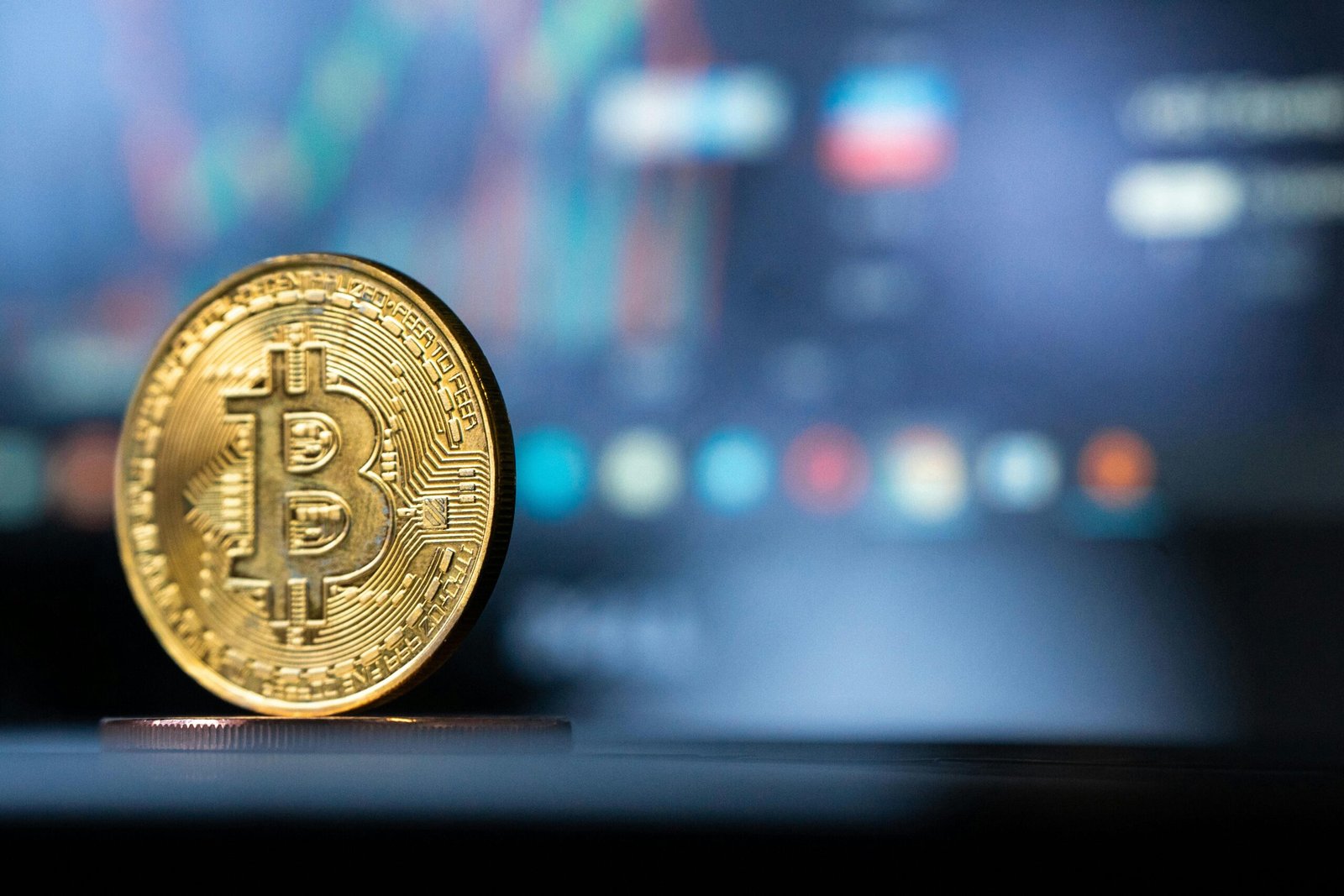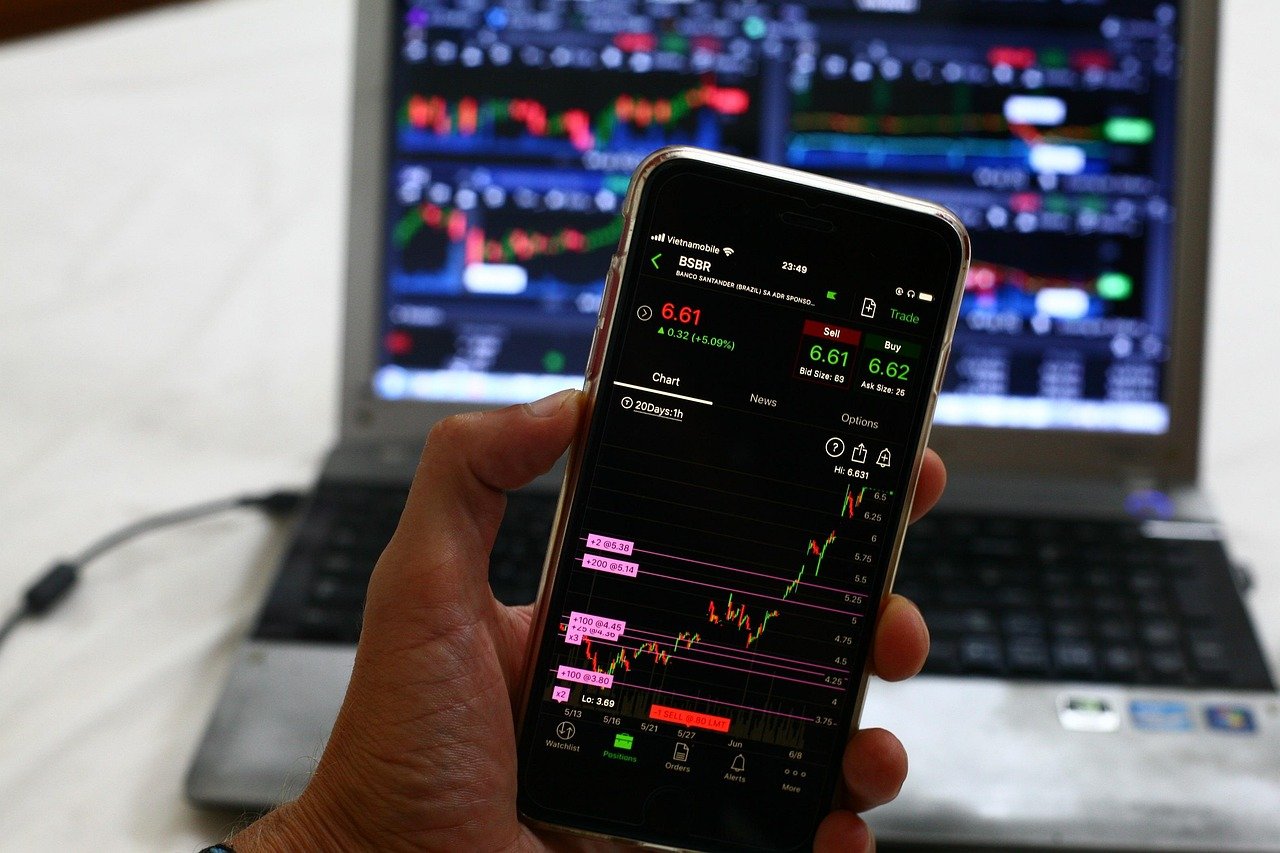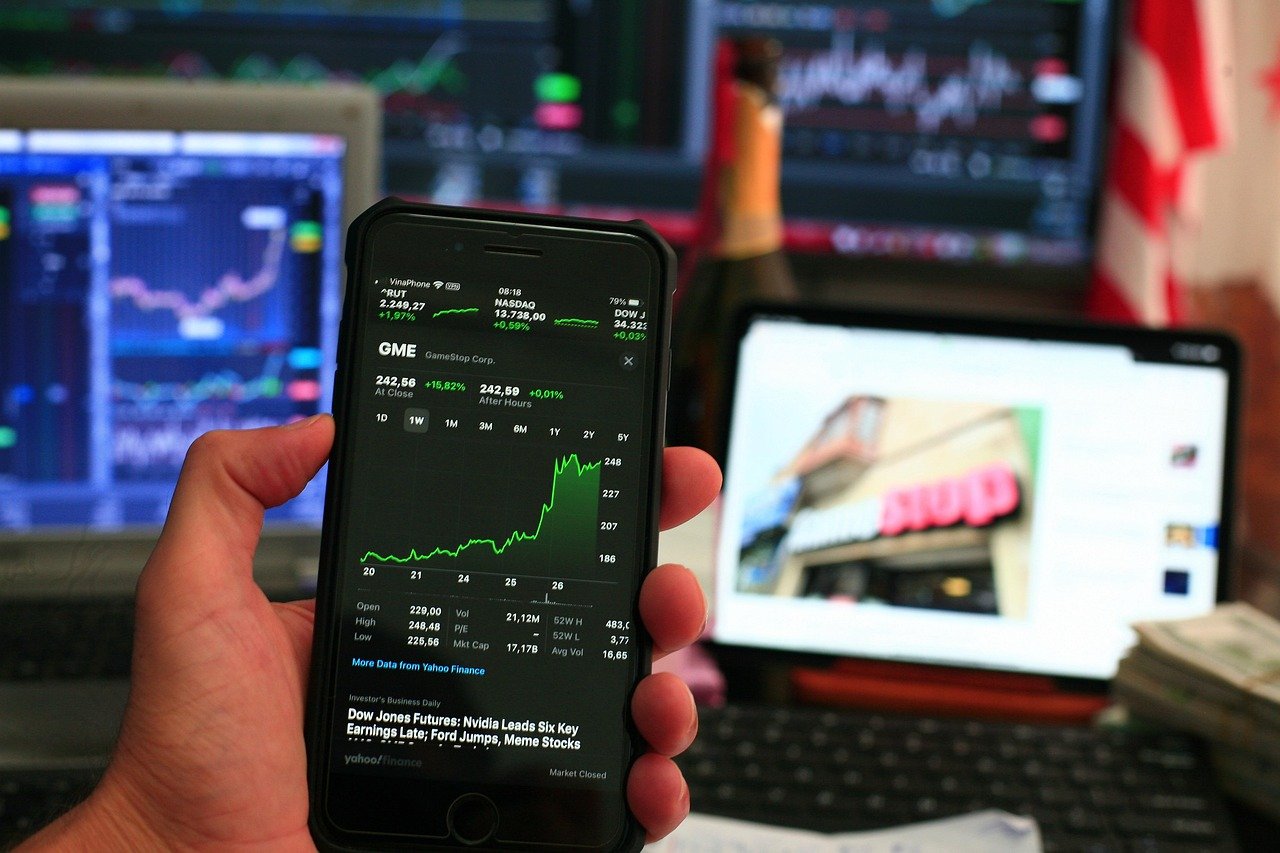Navigating the digital world requires constant vigilance. While much has been written about cybersecurity threats from malicious software and phishing scams, a more subtle social and professional risk often goes unaddressed: the peril of the ill-timed click. In today’s era of constant connectivity, our smartphones and laptops are extensions of our professional selves, used in open-plan offices, public transit, cafes, and even video conferences. This accessibility, however, comes with a significant caveat. A single misclick on a seemingly innocuous link can instantly compromise your professional reputation, personal privacy, and digital security. The modern axiom for this precarious situation is a simple, urgent warning: don’t click this in public.
This guide provides a comprehensive approach to understanding and mitigating this unique category of digital risk. We will deconstruct the types of content that warrant extreme caution, analyze the potential consequences of public exposure, and provide a robust framework for managing your digital behavior in shared spaces. Our goal is to empower professionals to navigate public and professional settings with confidence, ensuring that online actions align with real-world expectations. The core principle is to critically evaluate every link before clicking—especially when others can see your screen. Adhering to this rule can mean the difference between maintaining a polished professional image and facing unforeseen embarrassment, or worse.
The Origins of “Don’t Click This in Public”
Before diving into the practical advice, it is important to understand how the phrase “don’t click this in public” became a digital mantra. Originally circulating as a tongue-in-cheek internet meme, it served as a playful warning for shocking or humorous content. Over time, however, it evolved into a serious advisory in the digital and professional context. It signals that the content following a link may be inappropriate for viewing in shared or professional spaces. This can include anything from NSFW media and jump scares to politically sensitive material and phishing scams.
Understanding this context helps underscore the seriousness of the advice. While the phrase may have started as humor, in professional environments, ignoring it can lead to tangible consequences. It represents not only digital discretion but also respect for those around you and an awareness of your public and professional image.
A Taxonomy of High-Risk Links
Not all risky links are created equal. They can be categorized based on the type of threat they pose—from social embarrassment to severe security breaches.
1. Explicit and NSFW Content
The most immediate association with “don’t click this in public” is explicit material. NSFW content includes nudity, sexual content, graphic violence, or excessively gory imagery. Clicking these links in a shared or professional setting can lead to:
- Professional Consequences: Exposure to this material at work may result in HR complaints, formal warnings, or even termination for violating internet use policies.
- Social Embarrassment: On public transit, in a cafe, or during a meeting, viewing such content can cause discomfort for others and create awkward situations.
2. Jump Scares and Shock Content
Shock content is designed to provoke a strong, often involuntary reaction, such as a scream or gasp. These can include sudden loud noises, horror images, or grotesque animations. The consequences of encountering this type of link publicly include:
- Physical Reaction: A startled reaction immediately draws attention and can interrupt work or meetings.
- Perception Issues: Frequent reactions to such content may lead colleagues to view you as easily distracted or unprofessional.
3. Sensitive and Controversial Topics
Some links are less visually shocking but deal with highly divisive or emotionally charged subject matter, including radical political content, extreme ideologies, or graphic news events. Public engagement with these links can:
- Impact Relationships: Colleagues or clients who glimpse this content may form lasting judgments about your beliefs, potentially affecting collaborations.
- Create Workplace Tension: Consuming polarizing content in shared environments can make others feel uncomfortable, contributing to a hostile work atmosphere.
4. Internet Pranks and Memes
While often harmless, prank links like the infamous “Rickroll” can undermine your professional image if clicked publicly. Falling for these jokes can make you appear gullible and distract from important tasks, highlighting the importance of cautious online behavior.
5. Phishing and Security Threats
Phishing links represent the most dangerous category. Masquerading as legitimate content, these links aim to steal credentials, inject malware, or compromise devices. Clicking such links in public networks or shared workspaces increases the risk of:
- Corporate Data Breaches: Public or workplace networks can transmit sensitive data to malicious actors.
- Personal Identity Theft: Malicious sites can harvest personal information for fraud or account hijacking.
- Device Compromise: Malware installation can slow your system, corrupt files, or even lock you out entirely.
Real-Life Examples
To illustrate, consider these common scenarios:
- An employee clicks a sensational video link in a busy conference room and is startled by a loud jump scare. The room bursts into laughter, but the professional embarrassment lingers.
- On public transit, a commuter opens a NSFW link in their web browser. Other passengers notice, and rumors about the incident spread via social media, creating long-term reputational damage.
- A young professional receives a phishing link from a colleague posing as an internal IT alert. Clicking it compromises not only their device but also the company network, triggering an urgent IT response.
These examples emphasize that the warning “don’t click this in public” is far from trivial.
Consequences of Ignoring the Warning
The implications of public misclicks extend beyond temporary embarrassment. They include:
- HR and Employment Risks: Violating company internet policies can result in formal reprimands or termination.
- Professional Reputation Damage: Being associated with risky content can harm credibility and limit career opportunities.
- Privacy and Security Threats: Shock sites, free video platforms, or unknown links often contain trackers, adware, or malware that steal data.
- Legal Ramifications: Accessing illegal content, even accidentally, can result in criminal charges.
Proactive Strategies for Safe Digital Navigation
1. Cultivate a Mindset of Caution
Before clicking, evaluate:
- Source: Do you trust the sender?
- Context: Is the message overly sensationalized?
- Environment: Is now the appropriate time and place?
2. Use Technological Safeguards
- Preview URLs: Hover over links to see destinations.
- Browser Extensions: Use link scanners or anti-phishing tools.
- Private Browsing: Incognito mode prevents local history storage but does not hide network activity.
- Headphones and Screen Privacy: Prevent audio leaks and minimize screen visibility.
3. Professional Pivot Techniques
If you accidentally click:
- Stay Calm: Control your reaction.
- Close Quickly: Use keyboard shortcuts like Alt + F4 or Command + W.
- Neutral Fallback: Keep a professional page ready to display instantly.
Additional FAQs
Q: How can I politely address coworkers who send risky links?
A: Set clear boundaries and, if necessary, escalate to HR to prevent ongoing unprofessional behavior.
Q: Are links safer on personal devices with public Wi-Fi?
A: No. Public Wi-Fi exposes you to attacks. Use a VPN or wait for a secure network.
Q: Does all-caps urgency indicate legitimacy?
A: No. Sensational language is often clickbait or malicious.
Q: Can employers monitor incognito browsing?
A: Yes. Network activity is visible even in private browsing modes.
Q: What are common signs a link is malicious?
A: Mismatched URLs, odd file extensions, pop-ups, and overly sensational titles are red flags.
Q: How can I train my team to avoid risky clicks?
A: Implement short workshops on digital literacy, share best practices, and encourage reporting suspicious links.
Conclusion: Embrace Digital Discernment
The meme-born warning “don’t click this in public” encapsulates a fundamental principle of modern digital literacy: context matters. Digital behavior acceptable in private can be catastrophic in public or professional environments. By understanding high-risk links, consequences, and protective strategies, professionals can navigate digital spaces safely. The most powerful click is often the one you choose not to make. Embracing this mindset protects your career, reputation, and personal security, creating a culture of conscious digital behavior.














